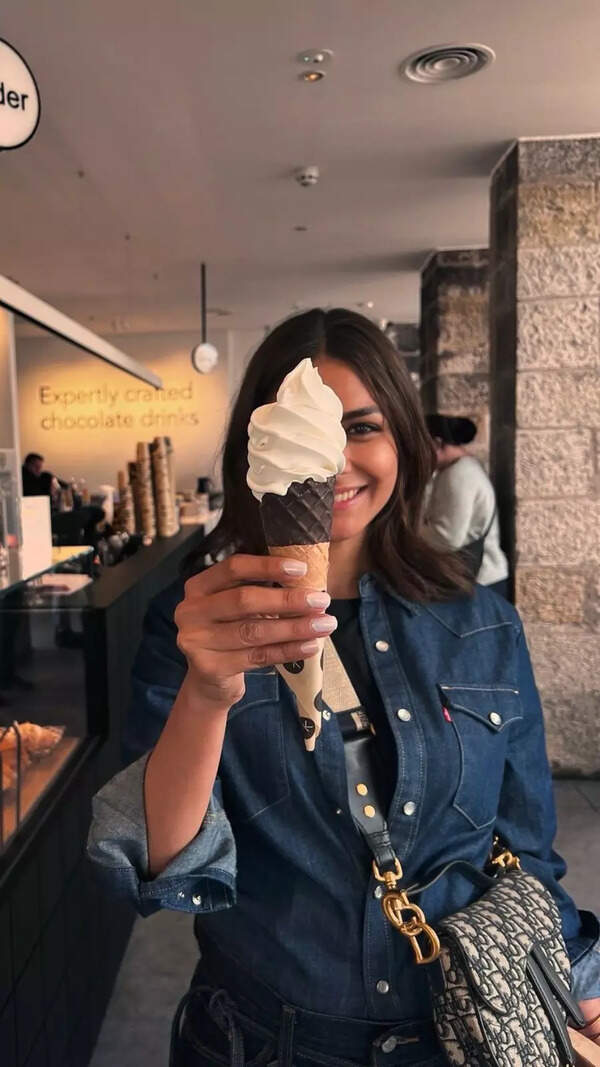- News
- lifestyle
- health-fitness
- de-stress
- Brain exercise: Only people with high intelligence can find all the mistakes
Trending
Brain exercise: Only people with high intelligence can find all the mistakes
Readers are challenged to find eight hidden mistakes in an image of a bustling antique shop within 9 seconds. The article emphasizes the benefits of engaging with optical illusions for enhancing mental agility, analytical thinking, memory function, and creativity. It also suggests that solving puzzles can be a relaxing and enjoyable activity.

Here’s your chance to test your skills! In the image of a bustling antique shop, eight hidden mistakes are waiting to be discovered. Only those with a sharp eye can find them in just 9 seconds. Are you up for the challenge?
Take a moment to study the image closely. While the antique shop is filled with interesting items, there are subtle errors lurking among the clutter.

Use a systematic approach. Look at the picture in sections rather than trying to take it all in at once. This method will help you catch details that might otherwise slip by unnoticed.

Image: Pinterest
How does optical illusion help us?
You might wonder, why engage in optical illusions and brainteasers? Beyond being fun, these activities offer a plethora of benefits for your brain and well-being. Here’s how they can help you:
- Engaging with optical illusions challenges your brain. It promotes
mental agility , keeping your mind sharp and flexible. - Regularly tackling these puzzles can improve your
analytical thinking . You’ll find yourself becoming a better problem-solver over time! - Many optical illusions require you to recall details from the image, which can enhance your
memory function . - Working with visuals encourages you to think outside the box. It can spark innovative ideas and foster creativity in other areas of your life.
- These brainteasers require concentration, helping you sharpen your focus in daily tasks.
- Solving puzzles can be a fun way to unwind. They provide a break from daily stress, allowing your mind to relax and reset.
As you take on this optical illusion challenge, remember that practice makes perfect. If you find this one too easy, why not check out more optical illusions and brainteasers? They’ll keep your mind engaged and help you refine your skills.

Image: Pinterest
And if you’re still struggling to find the eight mistakes, here’s a hint: pay close attention to the objects in the scene, like the guitar, window, or painting.
End of Article
FOLLOW US ON SOCIAL MEDIA










